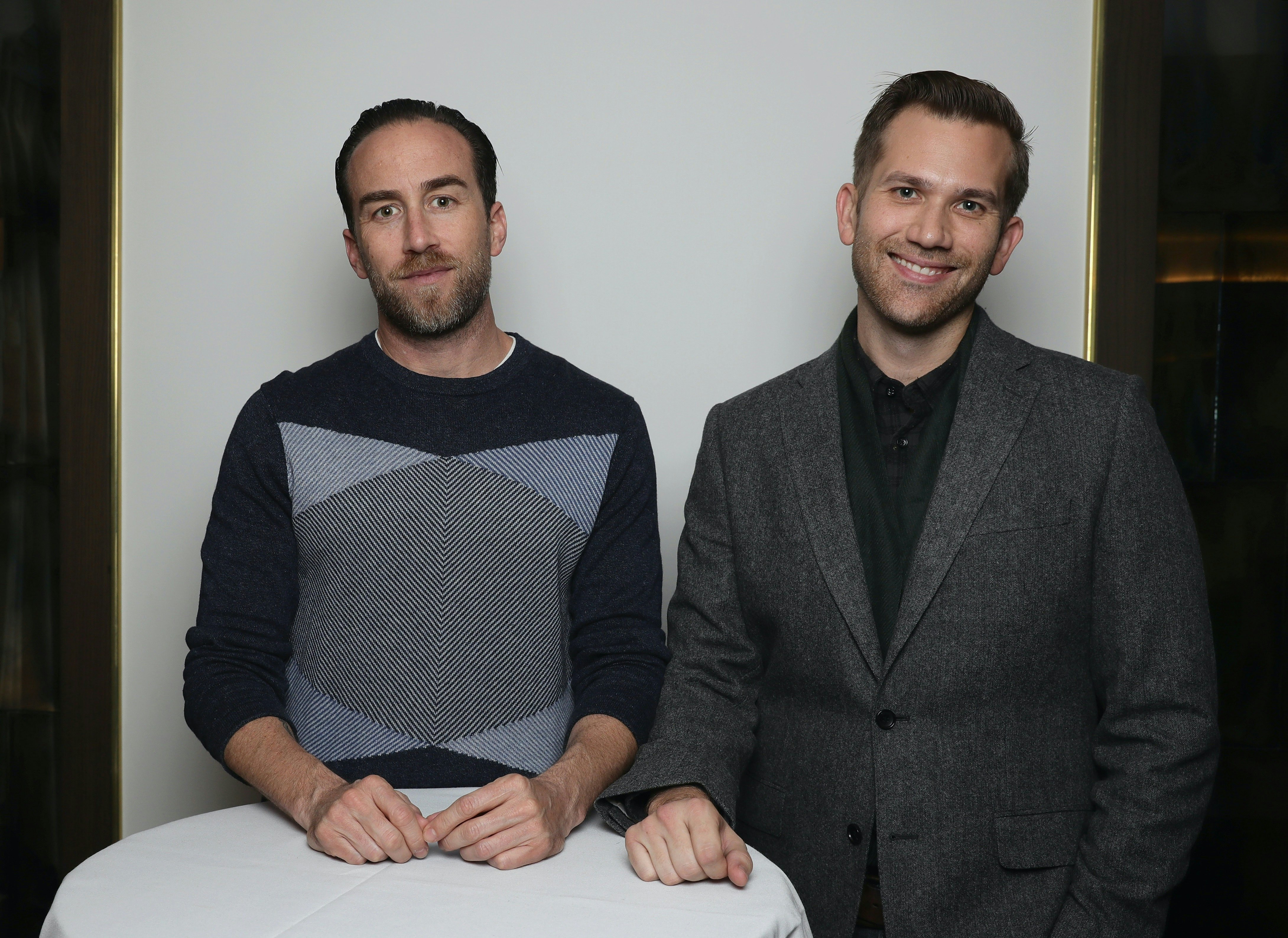
Justin Benson and Aaron Moorhead believe the truth is out there. They’re just not certain we’ll ever find it.
“All our films are trying to pull back the veil in some way,” Moorhead tells Inverse. “For us, that’s the most important question. And it’s also funny because we all are 99.9 percent sure this most important question can’t be answered.”
Restlessly singular independent filmmakers whose trippily imaginative genre output was turning heads and melting minds long before they started landing bigger gigs — including directing episodes of Marvel’s Moon Knight and Loki’s upcoming second season — the duo grasps more than most the thrill of an unsolved mystery.
That’s why, ever since their ironically titled 2012 debut feature Resolution, a meta-horror corkscrew about two friends at a cabin in the woods, all the duo’s films — including their latest, Something in the Dirt — have leapt boldly through ripples in reality, confronting strange and dreadful forces lurking outside our comprehension. From Spring, a surreal Lovecraftian romance about a man who falls for an immortal entity, to The Endless, a brain-bending paranormal puzzler involving a UFO cult, and Synchronic, in which a designer drug dislodges users from linear time, Benson and Moorhead’s sci-fi delights in exploring the vast metaphysical unknown.
Also read: The 25 best TV shows of 2022
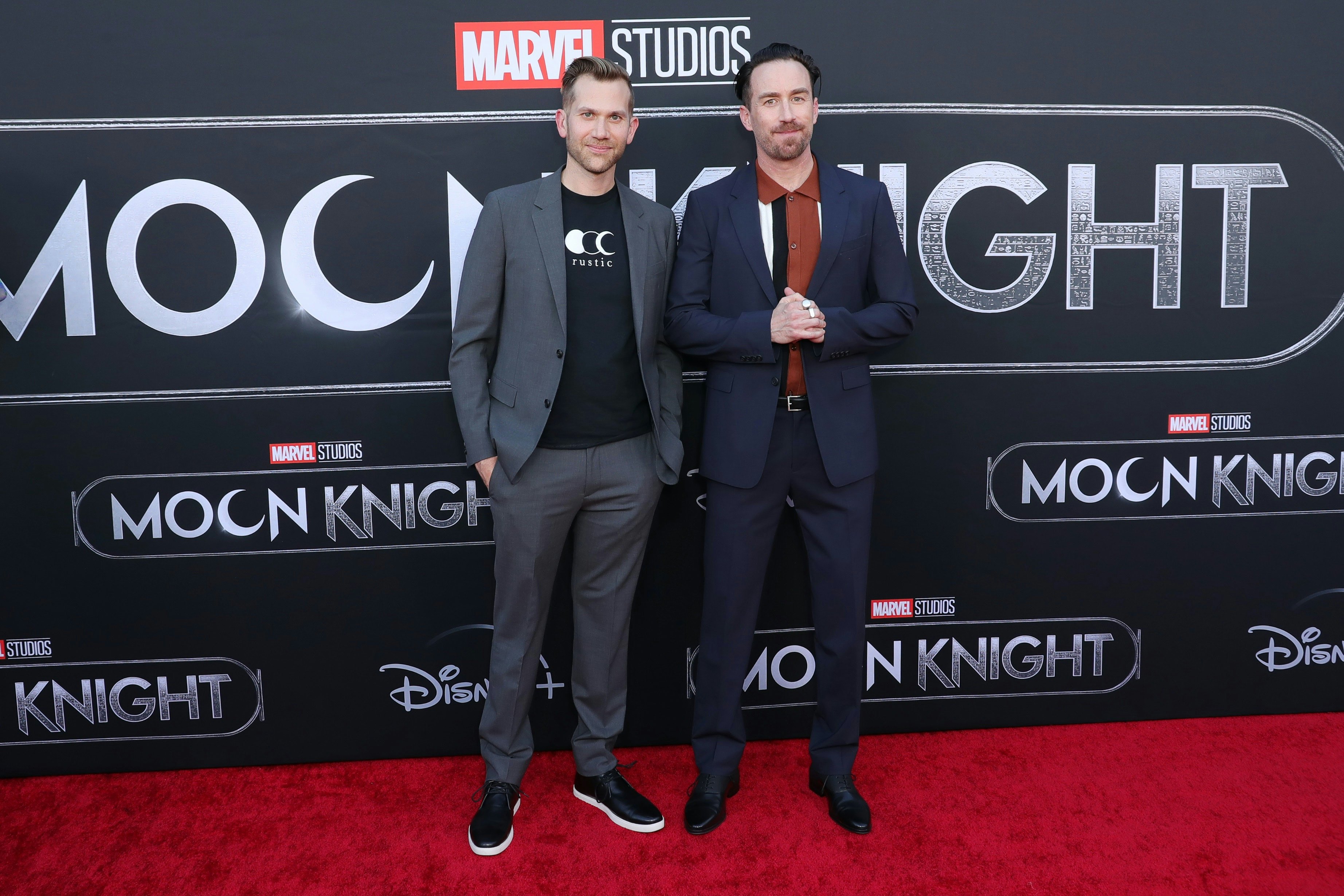
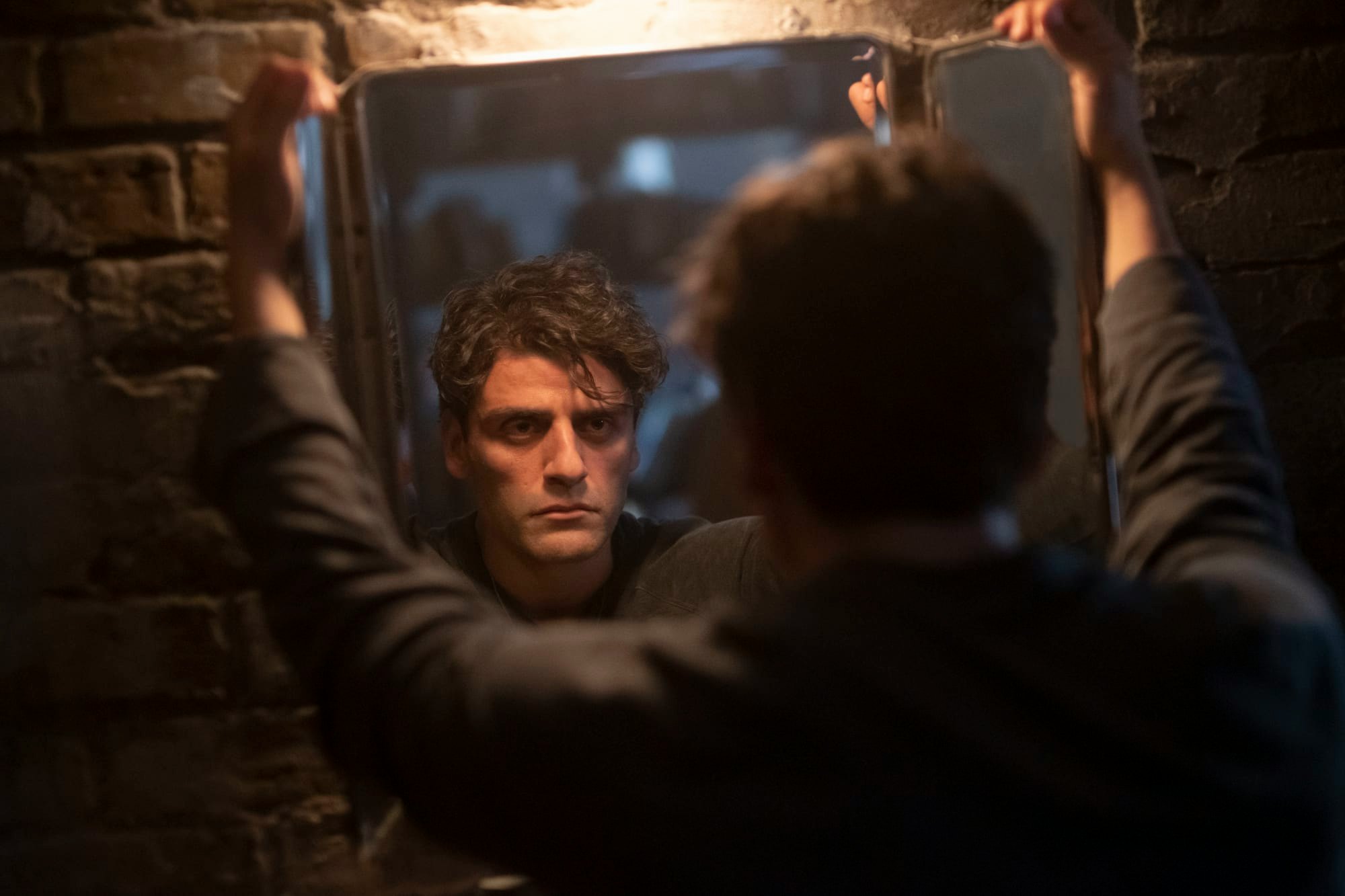
Though their characters seek answers, what they often discover defies explanation and induces madness — a scenario Benson and Moorhead see as more honest in focusing on regular people who set out in search of the unfathomable.
“As a species, human beings are so prone to jumping to conclusions and creating this complicated tapestry of things, despite having probably lost the thread somewhere way back,” Benson says. “I’m endlessly curious about that.”
Something in the Dirt is a complicated tapestry, even by Benson and Moorhead’s standards. Conceived and shot during the pandemic, it centers on John (Moorhead) and Levi (Benson), two slackers who inhabit the same Los Angeles apartment complex and one day witness a phenomenon: a shimmering anomaly that levitates an ashtray in Levi’s living room. Aiming to replicate and record the sighting for a documentary, they start filming — only for Levi to start noticing strange symbols all over the city, possibly tied to the Christian doomsday cult John has fallen in with.
As John and Levi tunnel down every rabbit hole they can find, researching geometric magnetism one minute and ancient aliens the next, they gradually rip apart their realities. All the while, Benson and Moorhead’s film worms in other directions, with an ominous docu-narrative frame discussing John and Levi’s investigation in the past tense while suggesting larger loops they couldn’t see.
When John and Levi first observe the phenomenon in their apartment complex, they’re convinced they’ve seen a ghost.
“That’s cultural programming,” points out Benson. “It’s what you know, the stories you’re told.” But as the duo keeps digging, that particular theory falls to pieces.
“If you intellectualize the idea of a ghost, you end up going to these places requiring a mostly Westernized idea of a soul as a separate entity from your body,” Benson explains. “Following that down, you hit a wall because this has only been a belief for the last several millennia, if that, and there had to be beliefs before that. You end up in a more primordial place, which is related to the title of the film: on ‘there’s something in this earth’ rather than ‘someone died in that place.’”
Adds Moorhead: “Everybody in the entire world has asked themselves about the afterlife, whether there’s any existence outside of this one. Religion provides answers to that. For us, making movies about that exploration is a part of our own spirituality.”
Especially in the case of Something in the Dirt, which Moorhead describes as a film “about the unsolvable,” that exploration ultimately reflects several characters’ perceptions of reality back at the audience without providing any definitive version of events.
“Hopefully, no matter how long you think about the concepts in our films, you can’t solve them,” says Benson. “It’s all older than you could possibly comprehend. It exists in infinity more so than it does in the last few centuries.”
Something in the dirt...
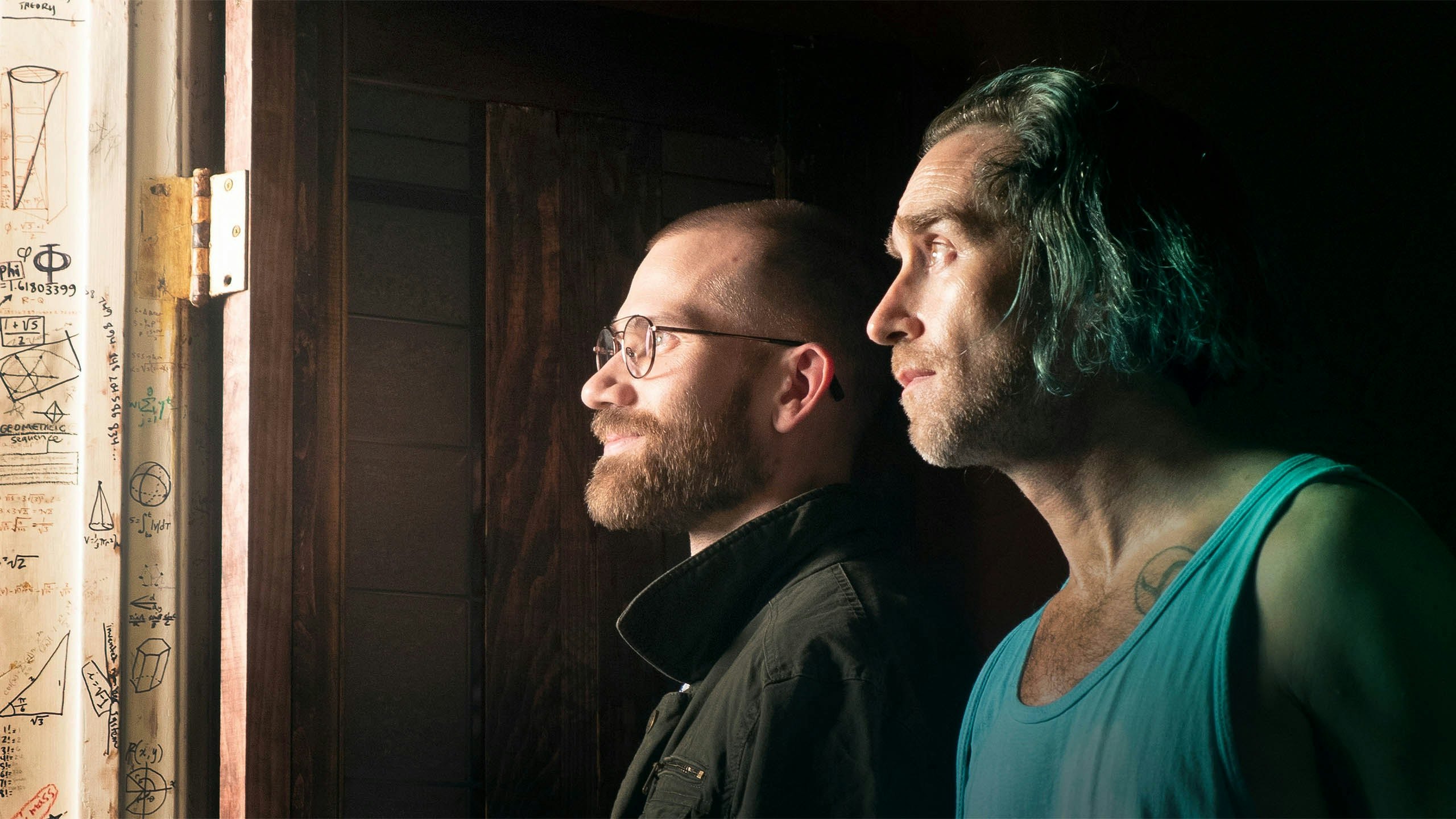
Speaking over Zoom with Benson, Moorhead, and their longtime producing partner David Lawson Jr. the day after Something in the Dirt’s Sundance premiere, all three are vibrating, their enthusiasm palpable through the screen. Before Covid-19 spikes led Sundance to pivot to another all-virtual edition, Something in the Dirt had been set to world premiere in Park City, Utah — “We all spent a few hundred bucks on parkas we can’t use,” jokes Lawson — but there’s something cosmically fitting about this film, made at the height of the pandemic, being discussed from a distance.
Benson co-directed, wrote, produced, edited, and starred in Something in the Dirt. Moorhead co-directed, produced, edited, starred in, and also served as director of photography. Lawson was on set as a Covid-19 compliance officer and helped stage various shots that would later require VFX wizardry. It was a three-person production, in other words; collaborators like production designer Ariel Vida and art director Kati Simon made their contributions remotely throughout the film’s production, which took place primarily in Los Angeles during the 2020 lockdown.
“We walked away having explored every idea we had.”
Filming in their apartments, Benson and Moorhead finished most of the principal photography for Something in the Dirt ahead of directing two episodes of the short-lived Netflix series Archive 81. But they were still shooting and editing the film, on their own time, between jet-setting to Budapest and Jordan to direct their episodes of Moon Knight.
“This was the first time we had essentially shot a movie and, during the time we would have been doing post-production on it, were on several other jobs that took us all over the world,” Benson says.
This had disadvantages, as it meant working remotely to finish the film. “You’re always better off editing in person than editing across the world, with a 13-hour time difference,” says Benson. But with the bulk of principal photography completed back in L.A., picking up additional shots from other countries “made the movie international,” he says, while turning the project into an interesting travelog for all involved.
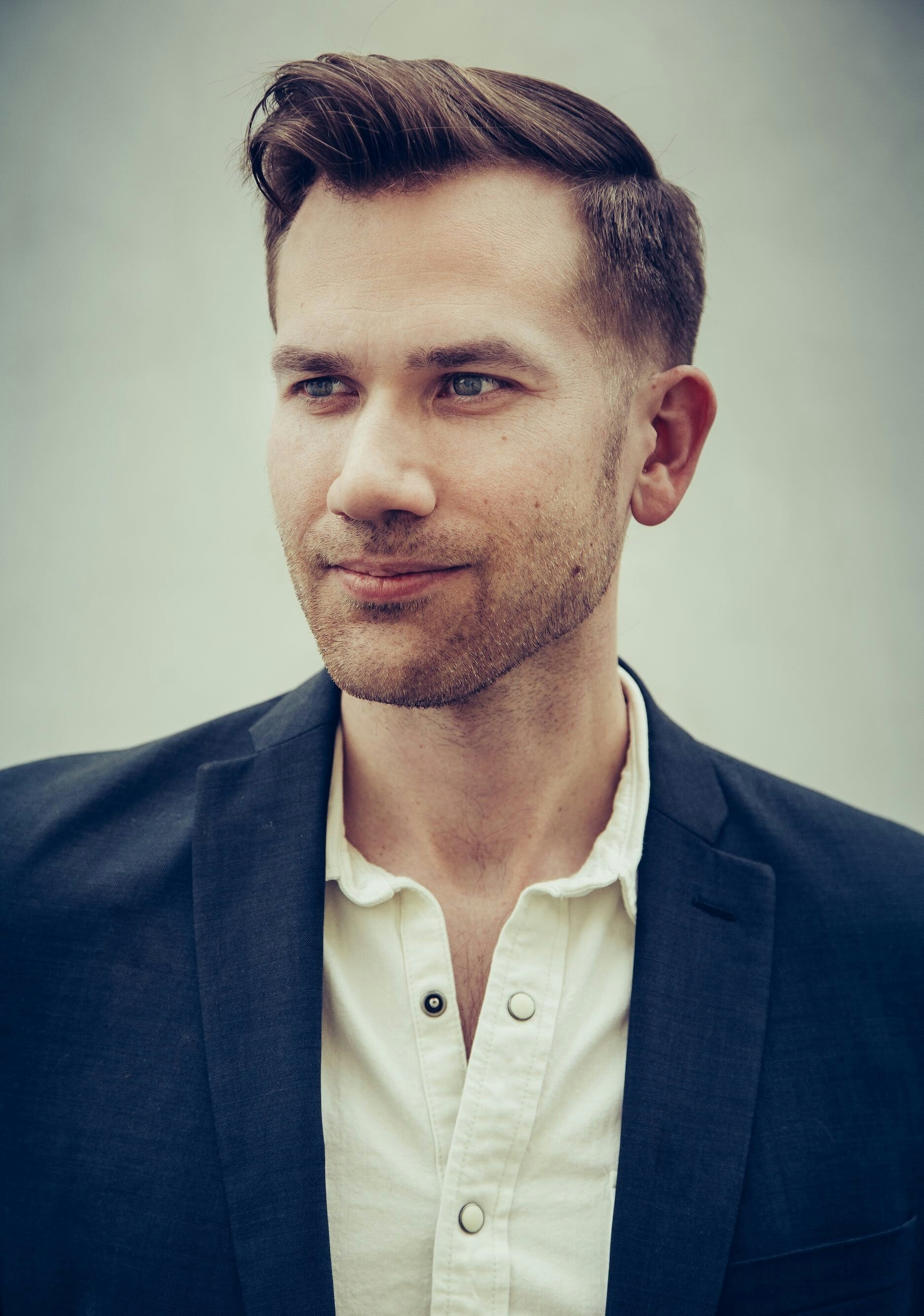
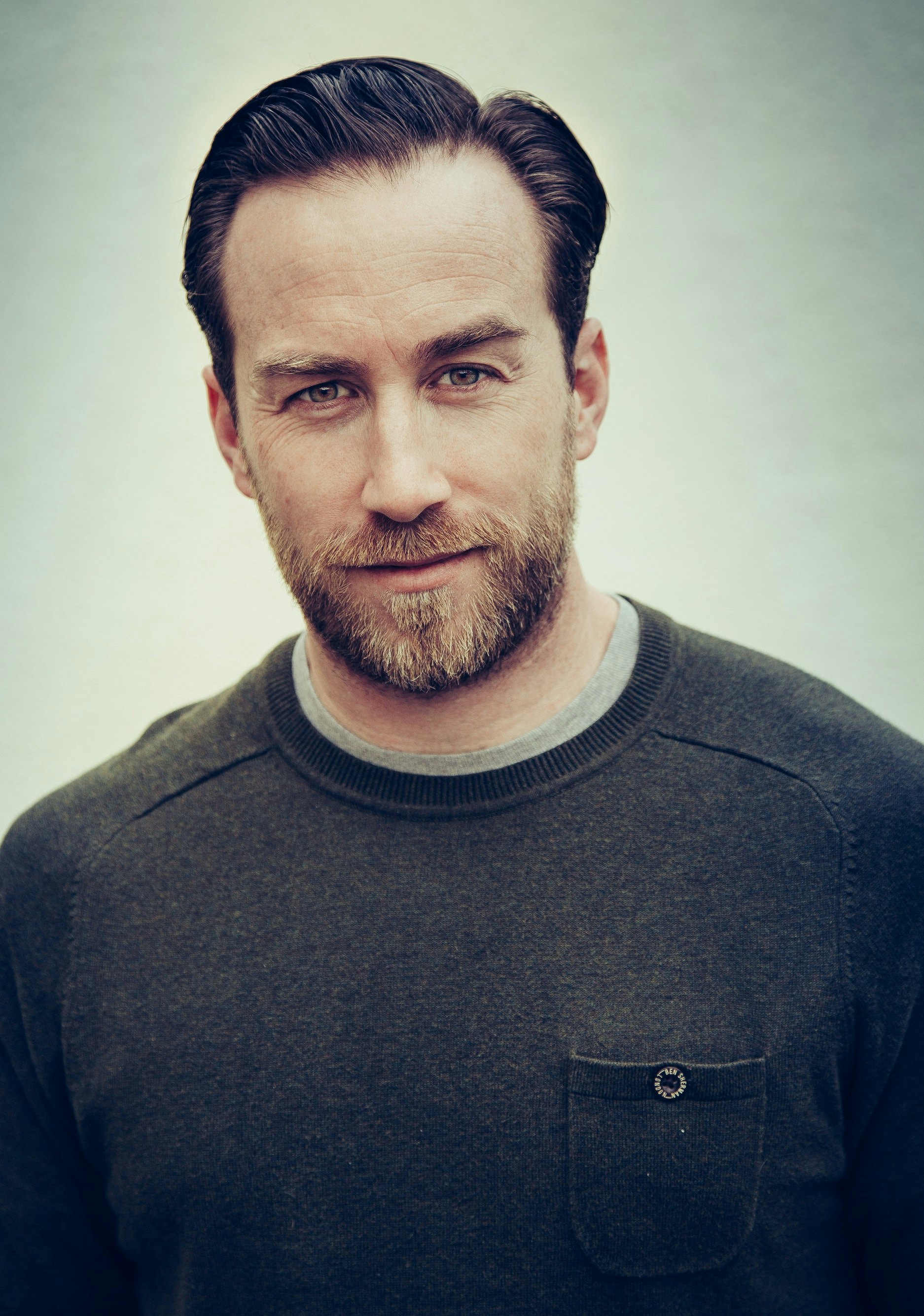
Something in the Dirt is also Benson and Moorhead’s most experimental film to date, a quality they attribute to the circumstances of its creation. Though the filmmakers swear by working out everything in advance, from script to shot list, they relished the opportunity to reframe shots and approach the script’s dense dialogue from different angles amid filming. Working with a smaller budget and without the larger crews that Marvel imposed, the filmmakers felt free to improvise.
“With this movie, there wasn’t literally one scene or shot where every single thing wasn’t explored,” says Benson. “Every shot we could think of beyond our shot list, we made sure we got it. We did all of it. It was the first time we’ve done that, where we walked away having explored every idea we had.”
“Since it was our time we were spending on the movie, if we wanted to dive into something a little deeper, we could explore it as far down as the rabbit hole went,” adds Lawson. “When you have a crew of 30, you’re paying for all of those people’s time, and it gets expensive. You can only explore an idea so many times before you’ve exhausted your slush fund of exploration.”
Looking back, all three agree Something in the Dirt allowed them to get back to basics at a time when the pandemic had kept them apart. “The joy of being together in real life eclipsed the usual stresses that come with principal photography,” Moorhead says. “It created more excitement and delight, rather than the stuff that always comes with production, like insomnia and anxiety. It was more of a celebration.”
Soul of the city

Owing to its nearly 200-year history of experimental spiritualism, hippie cults, and psychedelic occult activity, Los Angeles is often depicted on screen as a hotbed of strange energies, if not an outright labyrinth of hidden conspiracy and intrigue. The city’s mysticism has compelled Benson and Moorhead since they first met as interns at RSA, Ridley Scott’s commercial production company, back in 2009, and it heavily informed their approach to writing Something in the Dirt.
“Walking around L.A., it feels vaguely occultish, psychedelic, conspiratorial,” says Moorhead. “You see patterns in the noise. You experience paranoia because the city has a very particular personality.”
At one point, while he was living on Barton Avenue, Moorhead recalls, he ended up partying with his neighbors in a bizarre Victorian bungalow that had been painted entirely black. Once the home of self-styled Hollywood warlock Samson De Brier, the residence had flourished back in the 1950s as a salon frequented by all manner of actors, filmmakers, and occultists, from Kenneth Anger, Anaïs Nin, and Curtis Harrington to Jack Nicholson and Dennis Hopper.
“I look over, and there are coyotes everywhere.”
Another guest was Jack Parsons, the famed rocket engineer who led a black-magic sex cult informed by the teachings of English occultist Aleister Crowley (and that Scientology founder L. Ron Hubbard once belonged to). Parsons is referenced in Something in the Dirt, as are some of the occultist traditions he took from Crowley.
One of Crowley’s disciples, Anton LaVey, was a major figure of the L.A. counterculture who in 1966 founded the Church of Satan. LaVey’s influence lingered in certain city areas, sometimes in unsettling ways. In his early 20s, Benson was once out drinking in Hollywood and met a group of people living in Beachwood Canyon who ultimately invited Benson back to their residence.
“They open up their back sliding door, and this strong, hot wind comes through,” Benson recalls. “They’re like, ‘Yeah, we get these weird winds in the canyon. If you go look outside, that’s the house Anton LaVey used to live in, and if you look, there will be coyotes gathering.’ I look over, and there are coyotes everywhere.”
What’s next?

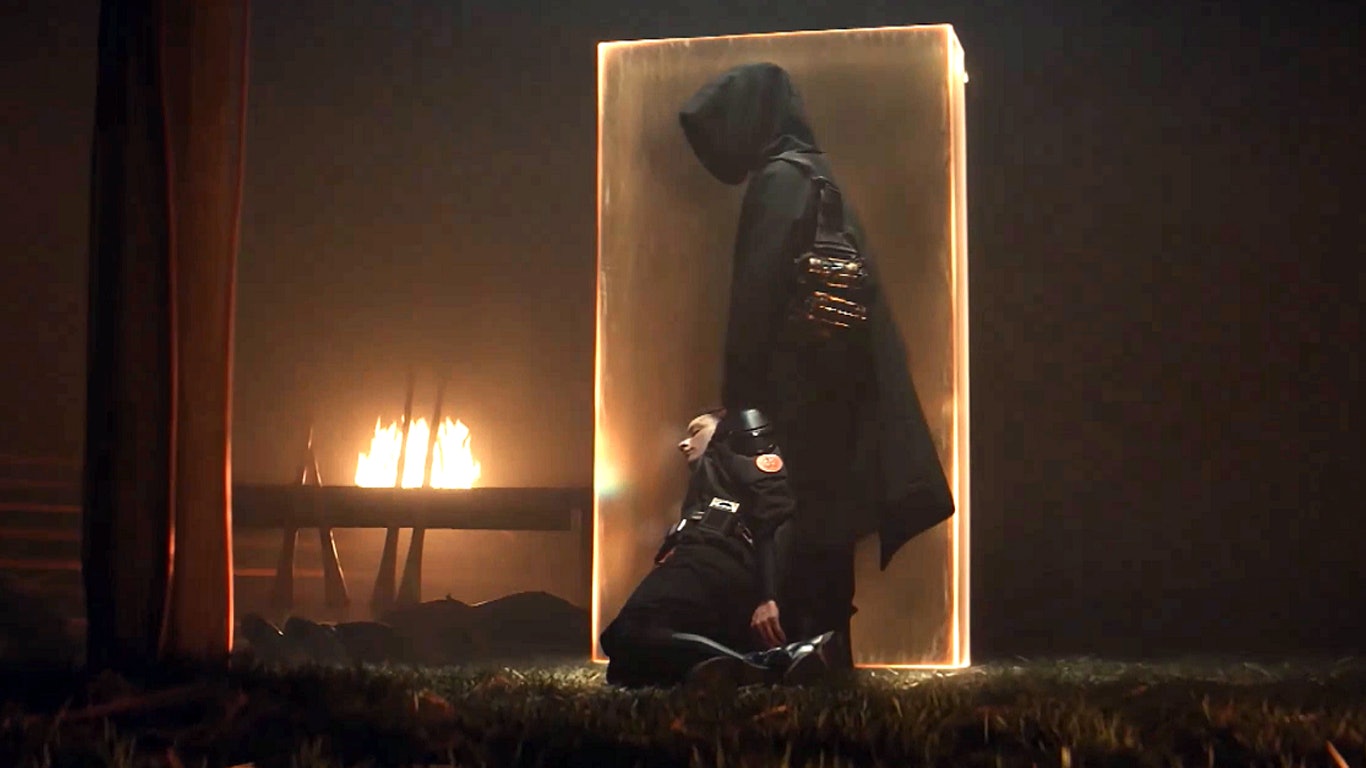
Benson and Moorhead emphasize their skepticism toward mystics like LaVey, but they’re fascinated by the cults of personality that have surrounded figures like him through the decades — and by the willingness of people in general to embrace fringe beliefs.
“The UFO phenomenon is a wonderful analogy for the journey of Levi and John,” says Benson. He mentions the U.S.S. Nimitz incident and recent “soft disclosures” by the U.S. government that its aircraft had encountered “aerial sightings that could not be explained,” after which point the Pentagon established a new office to study unidentified aerial phenomena. That all official reports thus far have at once denied evidence of extraterrestrial activity in the skies and ruled out Russian or Chinese interference, all the while suggesting the sightings were possibly of “non-terrestrial” origin, stirs up more questions than it answers in Benson’s mind.
“Your mind explodes,” he says, at a loss to pose any theories of his own. “If there is an answer, whatever it is, is probably more interesting than the answer that anyone could jump to without much evidence.”
Something in the Dirt acts, amusingly, as a catch-all for conspiratorial thinking — simulation theory, government mind control, masons, dark magic, and hidden mathematical formulas all factor in — but the filmmakers are genuine in their empathy for characters who keep making wild assumptions and jumping to conclusions in an increasingly convoluted quest for clarity.
“Your mind explodes.”
Unreliable or psychologically compromised characters have long been a fixture of Benson and Moorhead’s cinema. Before Resolution descends into consciousness-collapsing cosmic horror, it’s a film about one man staging a weeklong intervention for his drug-addled best friend; The Endless, comparably, focuses on two brothers struggling to make peace with one another amid all manner of mind-bending phenomena.
This element has carried over to their Marvel work. Oscar Isaac plays multiple roles in Moon Knight, as a man suffering from dissociative identity disorder, while the second season of Loki (which the duo filmed in London between June and October) is sure to involve as many mind games as its first. Manipulating reality throughout all their films, especially Something in the Dirt, Benson and Moorhead say remaining focused on the humanity of their characters has always served as a north star of sorts, no matter the assignment.
Moorhead explains: “The trick that we found is that you have to subconsciously shift the stakes from ‘Are we going to figure out what it is?’ — which is the question that begins all of our movies — to ‘Are these people going to make it?’”
Inverse celebrates the best of the best in entertainment, gaming, science, and technology of 2022. Go to the Inverse Awards hub.







